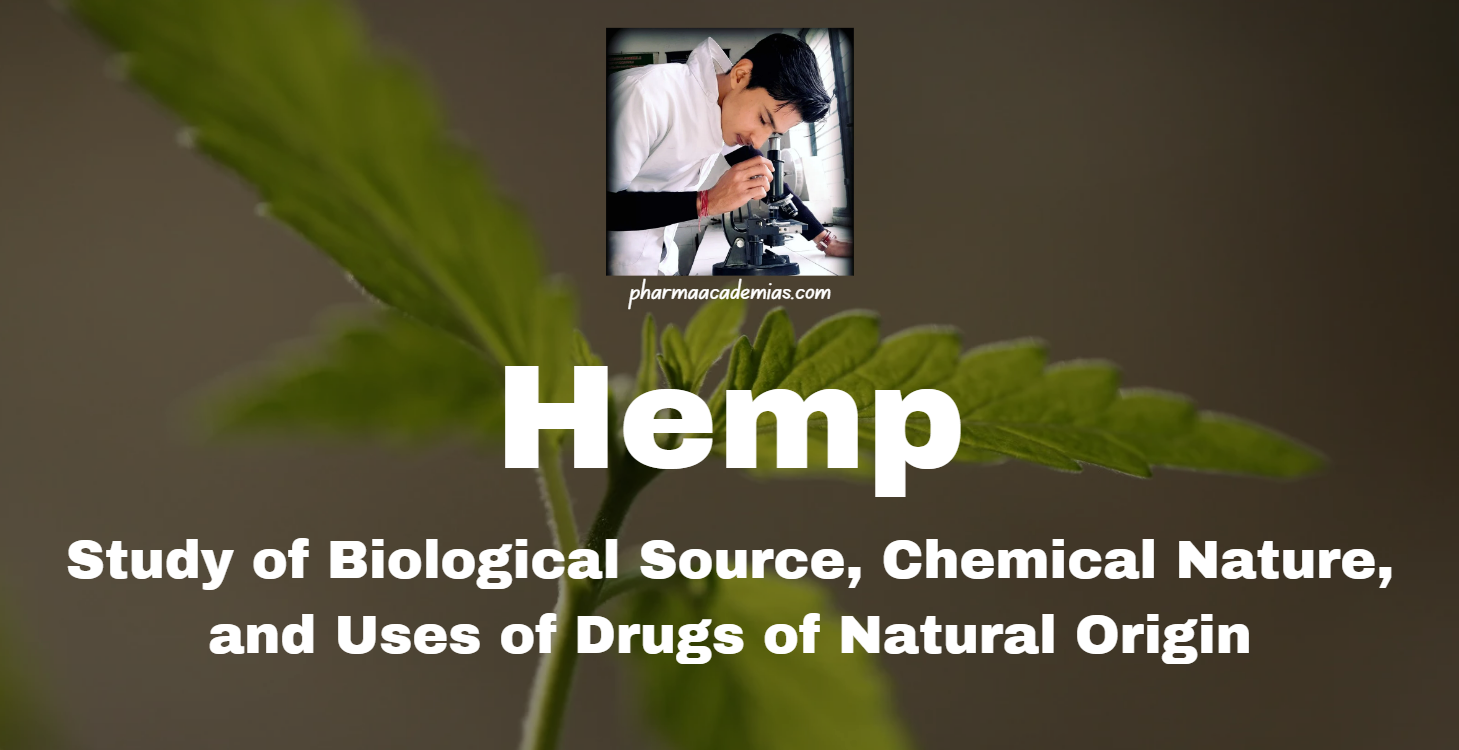Tragacanth: A Comprehensive Study of its Chemistry, Sources, Preparation, Evaluation, Preservation, Storage, Therapeutic Uses, and Commercial Utility
General Introduction Tragacanth is a natural gum obtained from the dried sap of several species of the genus Astragalus. It has been used for centuries in traditional medicine and various industries for its excellent emulsifying, thickening, and stabilizing properties. Tragacanth gum is prized for its viscosity, stability in acidic conditions, and ability to form gels. … Read more










